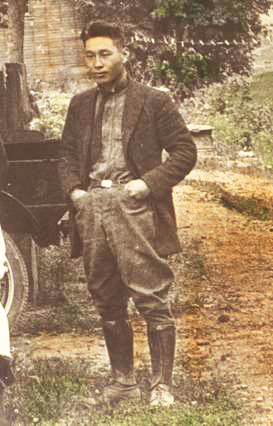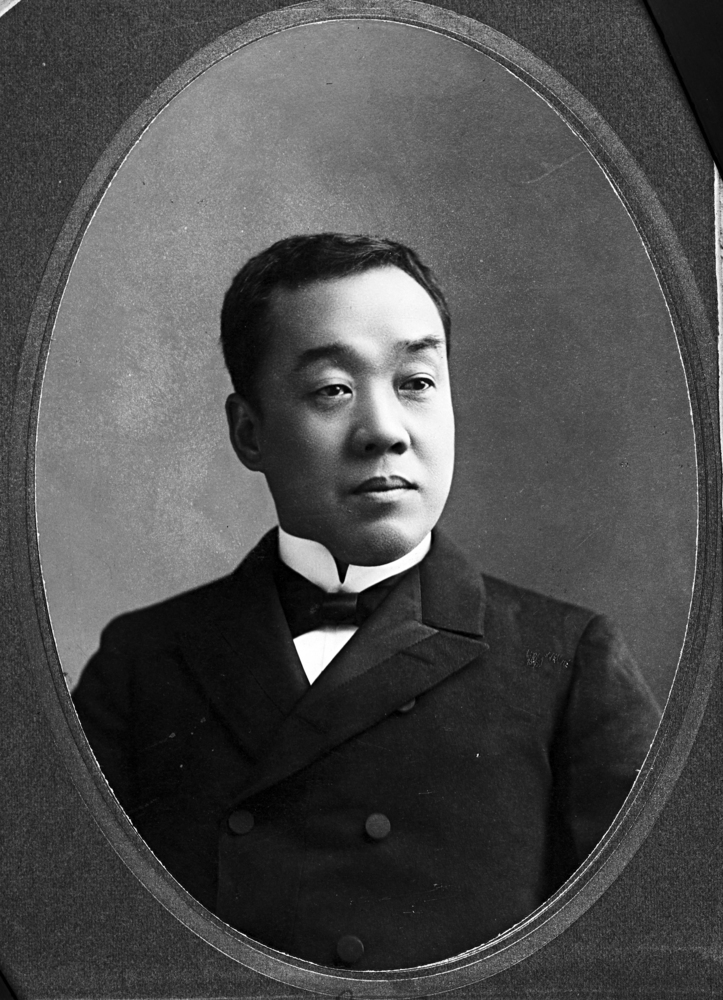In 1925, a mob forced a Japanese labor crew to leave Toledo, a community of about 2,500 people on the central Oregon coast. The incident led to a wrongful act lawsuit that for the first time found leaders of a mob guilty of civil rights violations.
The story begins in April 1925 with a decision to hire a Japanese contract crew to sort lumber at the Pacific Spruce Corporation (PSC) sawmill in Toledo. Mill supervisors informed the workforce that the new crew would work the graveyard shift and that no jobs would be lost because of the decision. There was little objection from sawmill employees.
When Toledo businessmen learned of the plan, they contacted the mill to make it clear that they did not want Japanese labor in their town. After some pressure from the sawmill, most of the businessmen reversed their position. The town's economic livelihood was based on the timber industry, and sawmill owners used this leverage to influence employees and many businesses owners.
Those who remained opposed to the plan included the chief of police and his wife, a furniture storeowner, a clothing storeowner, a milk plant owner, a movie theater owner, and the town undertaker. Together, they organized the Lincoln County Protection League (LCPL), whose sole objective was to keep out of Toledo Japanese, Chinese, Koreans, Filipinos, African Americans, and laborers from India (which many whites referred to as "Hindus" though most Indian laborers were Sikhs). For two months, the LCPL lobbied against the PSC hiring Japanese labor. The league complained to the governor of Oregon, the state labor commissioner, the Oregon Chapter of the American Federation of Labor, and the Oregon Japanese Consul. Despite objections, plans to hire the Japanese moved forward.
When the new workers arrived by train on July 10, 1925, mill supervisors assured them that they were welcome in Toledo. Two days later, a local mob of about fifty men, urged on by two hundred vocal women and children, forced twenty-seven Japanese (two with families), four Filipinos, and one Korean onto trucks and cars and drove them fifty miles to the train depot in Corvallis.
A year later, in July 1926, Tamakichi Ogura, one of the Japanese victims of the mob, filed a civil lawsuit in the U.S. District Court of Oregon. The suit accused nine people of violating Ogura’s basic civil rights, including assault, intimidation, trespassing, breaking and entering, theft, and forced removal. Three of the accused disappeared before the trial began.
After nine days of testimony, the jury ruled unanimously in favor of the Japanese and awarded Ogura $2,500 in damages, plus court costs. The New York Times reported on August 8, 1926, that “the right of Japanese residents in the United States to work where and when they will, and under whatever conditions may please them, has just been established definitely by action of the United States District Court for Oregon.”
-
![Tamakichi Ogura (l) and Ichiro Kawamoto at courthouse, Portland, July 21, 1926.]()
Ogura, Tamakichi, and Kawamoto, Ichiro, Portland courthouse, July 21 1926.
Tamakichi Ogura (l) and Ichiro Kawamoto at courthouse, Portland, July 21, 1926. Morning Oregonian, July 21, 1926, p. 6.
-
![Tamakichi Ogura at hop yard near Independence, 1922.]()
Ogura,Tamakichi, 1922.
Tamakichi Ogura at hop yard near Independence, 1922. Courtesy George Kawamoto family
Related Entries
-
![Japanese Americans in Oregon]()
Japanese Americans in Oregon
Immigrants from the West Resting in the shade of the Gresham Pioneer C…
-
Port of Toledo
In 1910, leaders in Toledo, Oregon, obtained voters' permission to form…
Related Historical Records
Map This on the Oregon History WayFinder
The Oregon History Wayfinder is an interactive map that identifies significant places, people, and events in Oregon history.
Further Reading
Cox, Ted W., The Toledo Incident of 1925. Corvallis, Ore.: Old World Publications, 2005.
Johnson, Daniel P. "Anti-Japanese Legislation in Oregon, 1917-1923." Oregon Historical Quarterly (Summer 1996): 176-177.
Tanaka, Stefan. "The Toledo Incident: The Deportation of the Nikkei from an Oregon Milltown." Pacific Northwest Quarterly 69.3 (July 1978): 116-126.
The Consulate-General of Japan, Law Cases Affecting Japanese in the U.S. - 1916-1924: Volume One (Reprint: Arno Press, New York), 1978.




